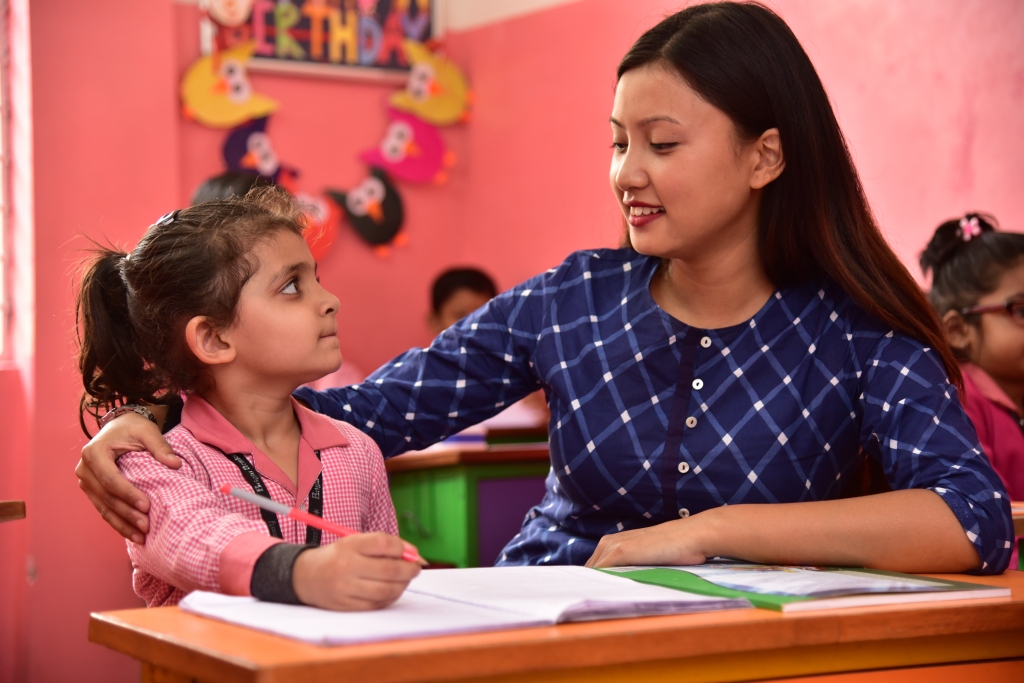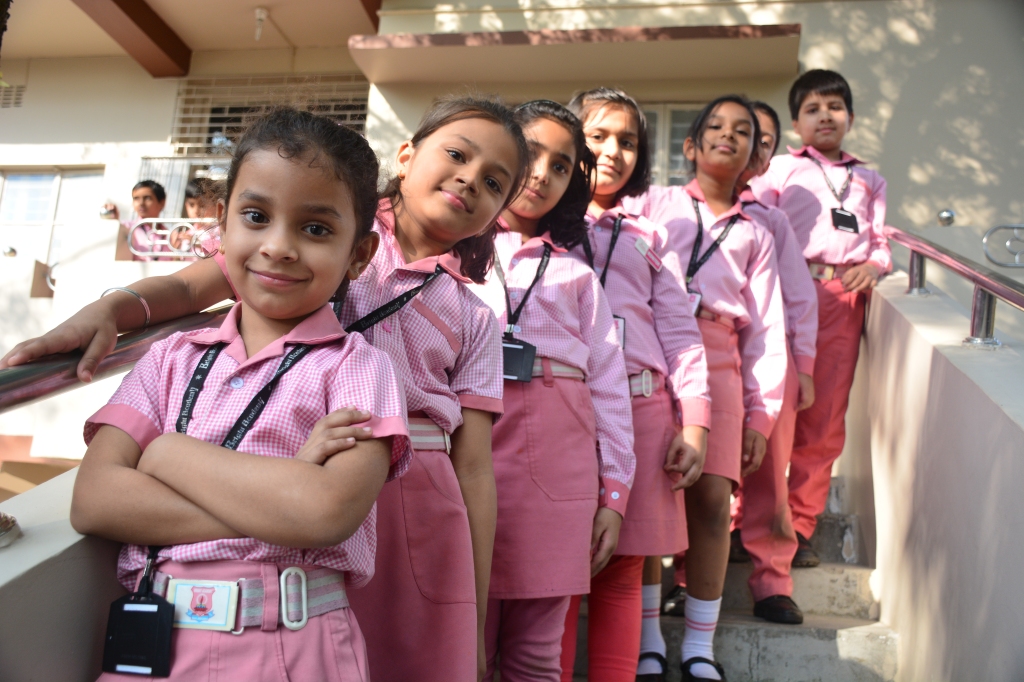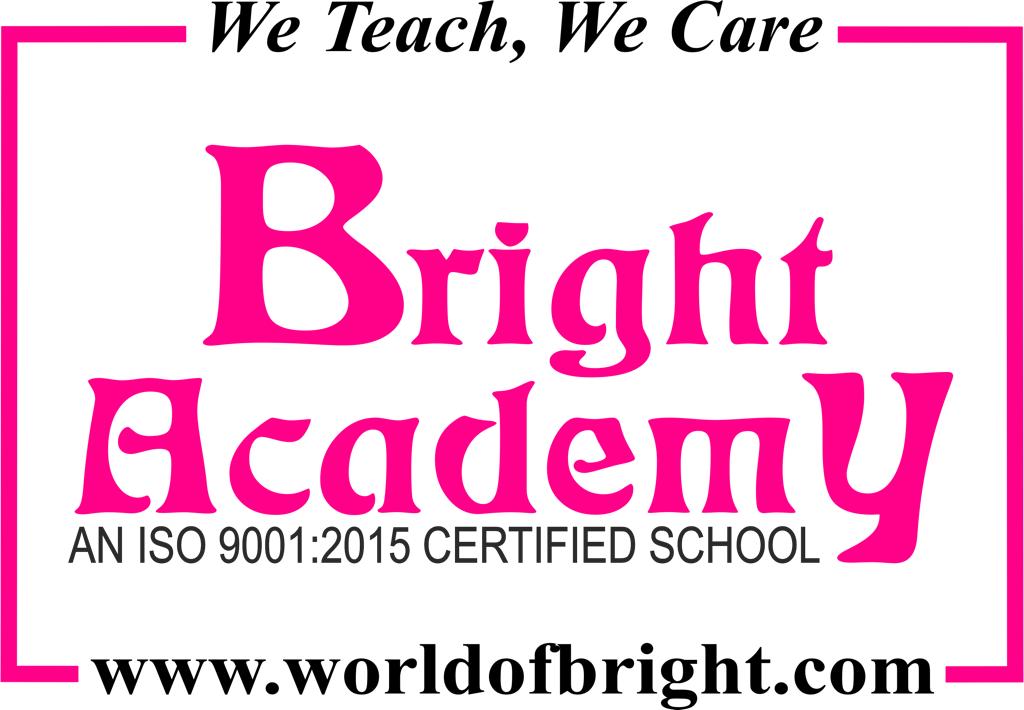Our Curriculum
For 2 – 3 years old
Language skills
- Understanding language and sounds
- Understanding words that can be understood
- Beginning to notice words in print books
Maths /reasoning skills
- Beginning to understand numbers.
- Beginning to understand pattern.
- Learning to compare and sort items.
Science skills
- Begins to notice people and animals
- Begins to notice the world around him/her
- Begins to explore and experiment
Social /emotional skills
- Plays in different areas with different children
- Begins to notice the world around him/her
- Is an active member of the family and community
Fine-motor skills
- Developing co-ordination
- Developing physical skills
- Developing fine motor skills
For 3 – 4 years old
Language skills
- Exhibits developmentally appropriate receptive language.
- Exhibits developmentally appropriate oral language for communication.
- Demonstrates phonological and phonemic awareness.
Maths /reasoning skills
- Develops an awareness and uses number sense, numbers and operations.
- Begins to recognize, describe, reproduce and extend simple pattern.
- Develops an awareness of dimensional shapes and spatial reasoning.
Science skills
- Develops an awareness of living and non-living things.
- Develops awareness of the five senses.
- Demonstrates appropriate safety skills.
- Develops awareness of observable properties of objects and materials
Social /emotional skills
- demonstrates a positive self concept.
- Demonstrates control over emotions and behavior in various settings.
- demonstrates positive engagement in the learning environment.
Fine-motor skills
- Develops a sense of body co-ordination and explores moving in space.
- Develops gross motor skills
- Develops fine motor skills
Our 6 Major Steps
Explicit Instruction
Structured instructions that support successful learning with clear skill statements, teachers preparation, and predictable steps.

Active Learning
Students actively participate in hands-on-activities as they learn, rather than receiving a one-way transmission of knowledge.

Project-based Learning
Projects motivate students and provide authentic opportunities for sustained inquiry, reflection, revision, and sharing.

Scaffolding
Teachers share new information and demonstrate how to solve a problem. The steps of “I do, We do, You do” is practiced.

Feedback
Teachers redirect and refocus the learners actions to achieve a goal, by aligning effort and activity with an outcome. It focuses on a task, subject and self-regulation strategies.

Assessment
Summative, intermediate and alternate evaluation is carried out to determine how a student can implement the knowledge acquired during a learning process.

Our Hot Spot
Field Trips




Hands-On-Activity




Multi-Lingual Staff




Transport Facilities


ART & CRAFT




INDOOR & OUTDOOR GAMES




SECULAR ENVIRONMENT




YOGA & KARATE CLASSES

ZUMBA CLASS

PUBLIC- SPEAKING CLASS

Our 6 Exploration






Our 4 Aspect
Child Aspect
- Employs the learning processes.
- Focuses better while learning.
- Responds to holistic development.
- Learns to understand oneself and collaborate with others.

Teacher Aspect
- Teaching/Learning tools and materials used.
- Detailed lesson plans.
- Child observation tools.
- Creates an environment for the healthy development of children.
- Reflects on the teaching processes and alter the teaching style accordingly.

School Aspect
- Progressive curriculum.
- Communication and collaboration.
- Preferable location.
- Balanced teacher-student ratio.

Parent Aspect
- Confident & happy child.
- Establish partnership in the child’s education through continuous communication with the school.
- Observe the content learnt by the child at school and interact with her/him.
- Easily monitor the progress of the child.


